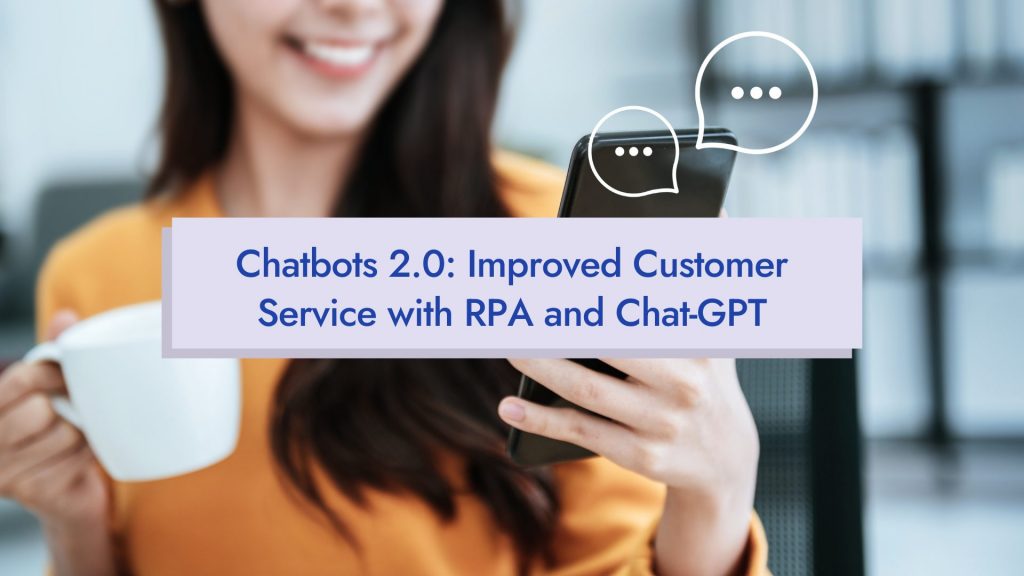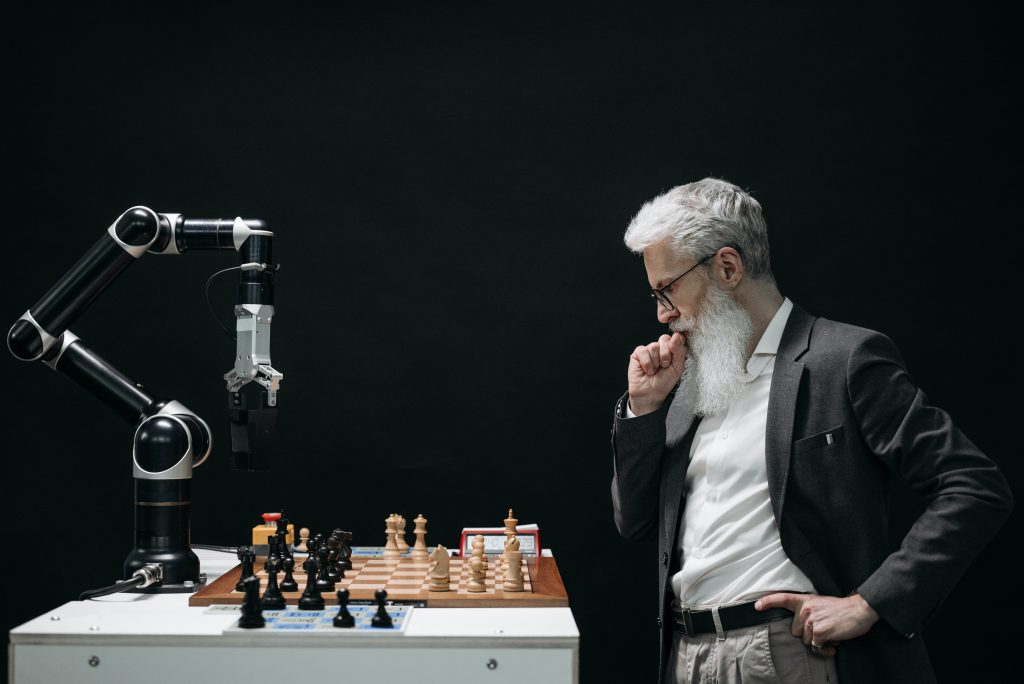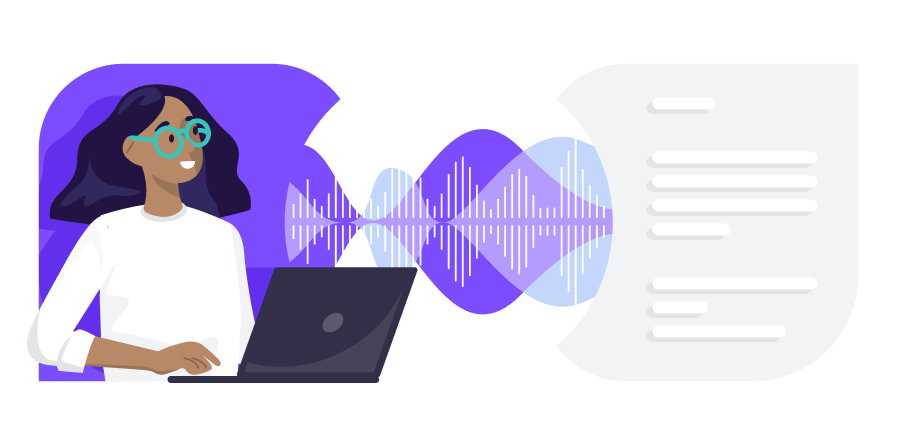In today’s digital world, chatbots have come a long way. They’ve evolved from basic text-based helpers to something we now call “Chatbots 2.0.” These advanced chatbots can do more than just handle text — they seamlessly integrate pictures, videos, and more into their conversations.
If you’re curious about what Chatbots 2.0 are all about and why they matter, this guide will help you with any concerns you might have. We’ll also explore how they work, where they’re used, and what the future holds for these helpful digital companions. In this article, we will discuss how a chatbot linked with a chatbot agency can help the users to engage through rich media and scale the queries from a user.
Overview of Chatbots 2.0:
Let’s explore everything about Chatbots 2.0.

What is Chatbots 2.0?
Chatbots 2.0 represents the next phase in the evolution of chatbot technology. As Mark Valderrama, CEO and founder of Aquarium Store Depot, shares, “These advanced chatbots helping the digital concept to take chatbots to a new level by seamlessly integrating text and rich media, such as images, videos, and interactive elements, into their interactions with users.”
This approach results in visually appealing and interactive conversations, offering a richer, more immersive user experience compared to traditional chatbots. In addition, visit here to discover the best Shopify Chatbot apps.
Key Features and Capabilities:
Here are some key features and capabilities of Chatbots 2.0:
Rich Media Integration: The evolution of chatbots into their 2.0 versions has unveiled a revolutionary feature: the seamless integration of rich media. No longer restricted to mere text, these chatbots can now display vibrant images, stream videos, and present clickable buttons, transforming the chat experience into a dynamic interaction. Sumeer Kaur, Founder of Lashkaraa.com said, “In the digital age, the media-rich chatbot is multifaceted and ready for any engagement challenge.”
Enhanced User Engagement: Chatbots 2.0 has taken a leap from the ordinary, transforming mundane conversations into visually stimulating interactions. By blending eye-catching content with their responses, they don’t just converse; they captivate. David Martinez, VP of Enterprise & OEM Accounts at Cybernet Manufacturing, observed, “The new wave of chatbots doesn’t just communicate; they enchant. The visual content is the spell they cast, ensnaring users in meaningful engagements.”
Personalization and Contextualization: What truly sets Chatbots 2.0 apart is their innate ability to tailor responses to individual users. They’re not just reactive; they’re proactive, anticipating needs based on user data and maintaining conversational context. This makes each interaction feel personalized and relevant. Chatbots 2.0 is like your favorite barista — always remembering your last order and suggesting something you might like based on your tastes.
Improved Problem Solving: The prowess of Chatbots 2.0 becomes evident when visual guidance is paramount. Be it troubleshooting a device or elucidating intricate solutions, these chatbots utilize rich media to elucidate their points, simplifying the complex. In the world of problem-solving, Chatbots 2.0 are the visual instructors we never knew we needed.”

Interactive Elements: The interactive tools embedded within Chatbots 2.0, such as responsive buttons or actionable images, turn a regular chat into an engaging journey. Users don’t just read; they click, choose, and navigate, making the conversation an active experience. Chatbots 2.0 has transformed passive chats into interactive adventures. Every button is an invitation, every image a path to explore.
Now, let’s move on to learn how Chatbots 2.0 are different from Traditional Chatbots.
How Does Chatbots 2.0 Differ from Traditional Text-Based Chatbots?
Below we’ve discussed the main differences between traditional text-based chatbots and Chatbots 2.0:
- Media-Rich Conversations: While traditional chatbots rely primarily on text, Chatbots 2.0 goes beyond text to provide a more immersive experience by incorporating images, videos, and interactive elements.
- Higher Engagement: Traditional chatbots can sometimes feel robotic due to their limited capabilities. In contrast, Chatbots 2.0 engages users more effectively by offering visually appealing content and interactive features.
- Personalization: Chatbots 2.0 excels at personalization, tailoring responses and content based on user preferences and behavior. Traditional chatbots often provide more standardized responses.
- Complex Problem Solving: When it comes to tackling complex issues that require visual explanations or demonstrations, Chatbots 2.0 outperforms traditional chatbots. They can visually guide users through intricate processes.
- Interactive Conversations: Traditional chatbots tend to follow predefined scripts and are less flexible in adapting to users’ needs. Chatbots 2.0, on the other hand, can engage in more interactive and dynamic conversations.
So, overall, Chatbots 2.0 is far better than traditional chatbots.
Generate More Leads With Website & Messenger Chatbots
Gather quality leads on autopilot and 10x your ROI with automated chats
The Role of Rich Media in Chatbots
What is Rich Media?
Rich media refers to content that goes beyond plain text and incorporates various forms of multimedia elements. These elements can include images, videos, audio, and interactive components. In simpler terms, it’s like having a conversation that’s not just about words but also involves things you can see, hear, and interact with.
The appeal of rich media lies in its ability to make information more engaging and understandable. Pictures and videos can quickly convey complex ideas or capture attention, while interactive elements allow users to participate actively in a conversation.
Whether you’re learning something new, exploring products, or seeking assistance, rich media adds an extra layer of depth and clarity to the exchange — making it a valuable tool in our digital interactions.
Why Does Rich Media Matter?
Rich media holds a pivotal role in modern digital communication for several compelling reasons:
- Enhancing User Engagement and Retention: Rich media, comprising images, videos, audio, and interactive elements, captivates users’ attention more effectively than plain text. Which can significantly boost user engagement and retention.” When users find content visually appealing and interactive, they are more likely to stay engaged for longer periods.
- Enabling Personalized and Contextual Conversations: Rich media allows chatbots to deliver personalized content tailored to each user’s preferences and context. This personalization creates more meaningful interactions, making users feel understood and valued.
- Improving Problem-Solving and Information Delivery: In complex scenarios, rich media is invaluable for problem-solving. Chatbots can use images, videos, or interactive tutorials to explain solutions more effectively.” Plus, rich media enables chatbots to deliver information in a more digestible and memorable format — enhancing user understanding.
Let’s have a look at practices for implementing Chatbots 2.0. Or, learn how chatbots can benefit small businesses.
Best Practices for Implementing Chatbots 2.0
Implementing Chatbots 2.0 effectively requires thoughtful planning and adherence to best practices. These practices are essential to ensure that your chatbot provides a valuable and engaging experience to users while delivering on its intended purpose. Here are some best practices for successful implementation:
1. Define Clear Objectives:
Start by setting well-defined goals for your Chatbots 2.0. Know what you want it to achieve, whether it’s assisting customers, boosting sales, or providing information. Having clear objectives helps guide the chatbot’s development and ensures it stays focused on its intended purpose.
2. Understand Your Audience:
To make your Chatbots 2.0 effective, get to know your audience inside out. Understand their preferences, language, and how they communicate. Tailor the chatbot’s responses to match your users’ expectations. Think of it like having a conversation with a friend — you want to speak their language and address their needs. When you understand your audience, you can create a more personalized and engaging experience that resonates with users and keeps them coming back for more.
3. Start Simple:
Simplicity is key when diving into Chatbots 2.0. Start simple, especially if you’re new to this technology. Begin with basic tasks and gradually expand. Simple chatbots are easier to manage and less likely to overwhelm users. As you gain confidence and understand your audience better, you can add more complexity. Remember, simplicity often leads to better user experiences.
4. Human-Like Conversations:
Make your chatbots talk like humans. It’s all about creating natural-sounding conversations. People prefer chatbots that don’t sound robotic. Use everyday language and be friendly. This makes interactions pleasant and effective.
5. Multimedia Integration:
Bring in the visuals and videos. Multimedia integration is your friend in Chatbots 2.0. Users love it when you include images, videos, or even interactive elements in your chats. It makes the conversation more interesting and helps convey information better. So, don’t shy away from using multimedia. But, ensure that multimedia elements are relevant and add value to the user’s experience.
6. Data Privacy and Security:
Protecting user data is a top priority. When using Chatbots 2.0, ensure strict data privacy and security measures. Make sure that any personal information shared in the conversation is handled securely, and complies with data protection regulations. This builds trust with your users and keeps their information safe from any potential threats.
7. Continuous Learning and Improvement:
In the world of Chatbots 2.0, continuous learning and improvement are like fine-tuning an instrument to play beautiful music. Regularly analyze user interactions, gather feedback, and use data to enhance your chatbot’s performance. So, don’t stop at the initial launch—keep learning and improving to provide the best possible experience for your users.
8. User Testing and Feedback:
User testing and feedback are invaluable for making your Chatbots 2.0 top-notch. Regularly gather input from real users to understand what works and what needs improvement. This feedback loop helps you refine your chatbot, ensuring it aligns with user expectations and delivers a better experience.
9. Transparency and Limits:
Transparency and setting limits in your Chatbots 2.0 interactions are essential. Users appreciate knowing they’re chatting with a chatbot and understanding its capabilities. Clearly define what the chatbot can and cannot do. It’s like setting boundaries in a conversation. This honesty builds trust and prevents user frustration.
Challenges and Limitations:

Okay, let’s talk about the hurdles and boundaries that Chatbots 2.0 faces:
- Data Privacy and Security: With the integration of rich media and personalization, there’s a heightened need for data security. Safeguarding user data during multimedia interactions is crucial. Chatbots 2.0 must comply with data protection regulations to ensure user privacy.
- Technical Constraints: These chatbots may encounter compatibility issues with different devices and platforms. Ensuring a seamless experience across various technologies can be challenging. Additionally, concerns about bandwidth and loading times may arise, affecting the user experience.
- User Preferences and Accessibility: Users have diverse preferences when it comes to chatbot interactions. Some may prefer traditional text-based conversations, while others enjoy multimedia-rich experiences. It’s essential to cater to these varying preferences. Moreover, ensuring accessibility for all users, including those with disabilities, is a priority.
- Training and Maintenance: Developing and maintaining Chatbots 2.0 can be resource-intensive. They require continuous training and updates to remain effective. Plus, managing multimedia content and ensuring its relevance can be demanding.
- Natural Language Processing Limitations: While Chatbots 2.0 aims to mimic human-like conversations, they may still struggle with nuanced language, cultural references, or sarcasm.
Now, let’s have a look at what you’ll see in the future.
Future Trends and Developments from Industry Experts

The future of chatbots is evolving rapidly, and several exciting trends and developments are on the horizon:
1. Chatbots Will Be More Human-Like:
As technology advances, chatbots are becoming more human-like in their interactions. Natural language processing (NLP) and machine learning are making it possible for chatbots to understand context, emotions, and even humor. This human touch will create more engaging and empathetic chatbot conversations.
– Eran Mizrahi, CEO of Ingredient Brothers
2. Deep Customer Insights to Drive Chatbot Behavior:
Chatbots will increasingly leverage deep customer insights. By analyzing user data and behavior, chatbots will provide highly personalized experiences. This means that chatbots will anticipate user needs and offer proactive assistance — making interactions more efficient and satisfying.
– Steve Elliott, the Franchise Owner of Restoration1
3. Voice Bots Are Becoming Mainstream:

Voice-enabled chatbots, often referred to as voice bots, are gaining popularity. With the rise of smart speakers and virtual assistants, voice interactions are becoming mainstream. Voice bots will be used for tasks ranging from information retrieval to home automation, offering users a hands-free and convenient way to interact.
– Andrew Priobrazhenskyi, CEO and Director at DiscountReactor
4. Chatbots Will Automate Payments:
Chatbots are poised to simplify financial transactions. They will handle payment processes seamlessly within conversations, whether it’s making a purchase, paying bills, or transferring funds. This automation will enhance convenience and security in financial interactions.
– Brandon Armstrong, CEO of Quinable Inc
5. More Use of AI in Contact Centers:
AI-powered chatbots will play a significant role in contact centers. They will assist human agents by handling routine inquiries, routing calls, and providing information to customers. This collaboration between humans and AI will lead to more efficient, and effective, and boost customer support.
– Martin Seeley, CEO of Mattress Next Day
Conclusion:
Chatbots 2.0 are like super-smart digital helpers. They are a big step up in technology because they integrate text and rich media to provide engaging and personalized experiences. These chatbots have come a long way from their rule-based predecessors, thanks to natural language processing and machine learning. They enhance user engagement, solve complex problems, and offer valuable information.
Chatbots will become even more human-like, driven by AI advancements, and will automate tasks like payments. The future of chatbots is promising — making our digital interactions more convenient and efficient.
Are You Ready To SkyRocket Your Business With Our AI Chatbots
Click The Button Below And Gather Quality Leads With Botsify


